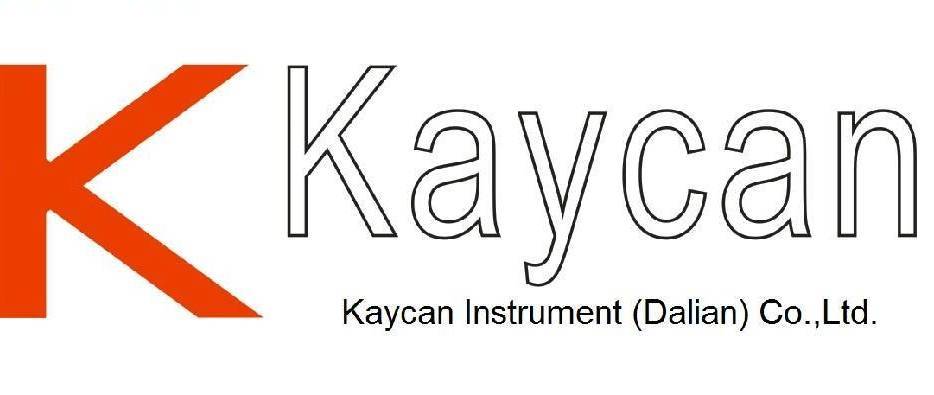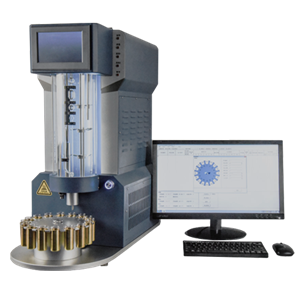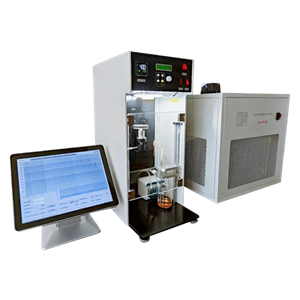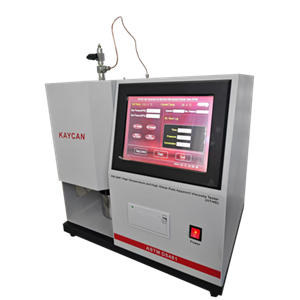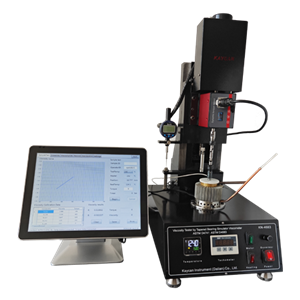What is Crude Oil And What Are Petroleum Products?
We call crude oil and petroleum fossil fuels because they are mixtures of hydrocarbons that formed from the remains of animals and plants (diatoms) that lived millions of years ago in a marine environment before the existence of dinosaurs. Over millions of years, the remains of these animals and plants were covered by layers of sand, silt, and rock. Heat and pressure from these layers turned the remains into what we now call crude oil or petroleum. The word petroleum means rock oil or oil from the earth.
Crude oil and other hydrocarbons exist in liquid or gaseous form in underground pools or reservoirs, in tiny spaces within sedimentary rocks, and near the earth's surface in tar (or oil) sands. Petroleum products are fuels made from crude oil and hydrocarbons contained in natural gas. Petroleum products can also be made from coal, natural gas, and biomass.
Products made from crude oil
After crude oil is removed from the ground, it is sent to a refinery where different parts of the crude oil are separated into useable petroleum products. These petroleum products include gasoline, distillates such as diesel fuel and heating oil, jet fuel, petrochemical feedstocks, waxes, lubricating oils, and asphalt. Learn more in Refining crude oil—inputs and outputs
A U.S. 42-gallon barrel of crude oil yields about 45 gallons of petroleum products in U.S. refineries because of refinery processing gain. This increase in volume is similar to what happens to popcorn when it is popped. A corn kernel is smaller and more dense than a popped kernel. The amount of individual products produced varies from month-to-month and year-to-year as refineries adjust production to meet market demand and to maximize profitability.
